TRANSFORMATION TO THE CLOUD HELPING AIRLINE GROUP SOAR TO ITS GOALS













Customers are always the centre of attention at the Lufthansa Group. The aviation company aims at providing its passengers with perfect service and making flying in all its facets a sustainably positive experience. Against this background, the goal is to assess the company’s offers and products along the entire travel chain on a continuous basis with the aim of optimising them.
Customer orientation and a focus on quality are the Lufthansa Group’s strategic cornerstones. Regular surveys and a continuous dialogue with passengers help the group learn as much as possible about customer needs and to include them in the development of innovative offers.
Significant investments in a modern and efficient fleet, more comfort on board, numerous product innovations, and digital offers ensure that flying is becoming more and more attractive and sustainable for the Lufthansa Group’s customers with the ambitious climate target of being carbonneutral by 2050.

LUFTHANSA GROUP’S DIGITAL TRANSFORMATION IS ENABLING THE GROUP TO PROVIDE A SEAMLESS DIGITAL EXPERIENCE FOR CUSTOMERS AND ACHIEVE ITS SUSTAINABILITY GOALS
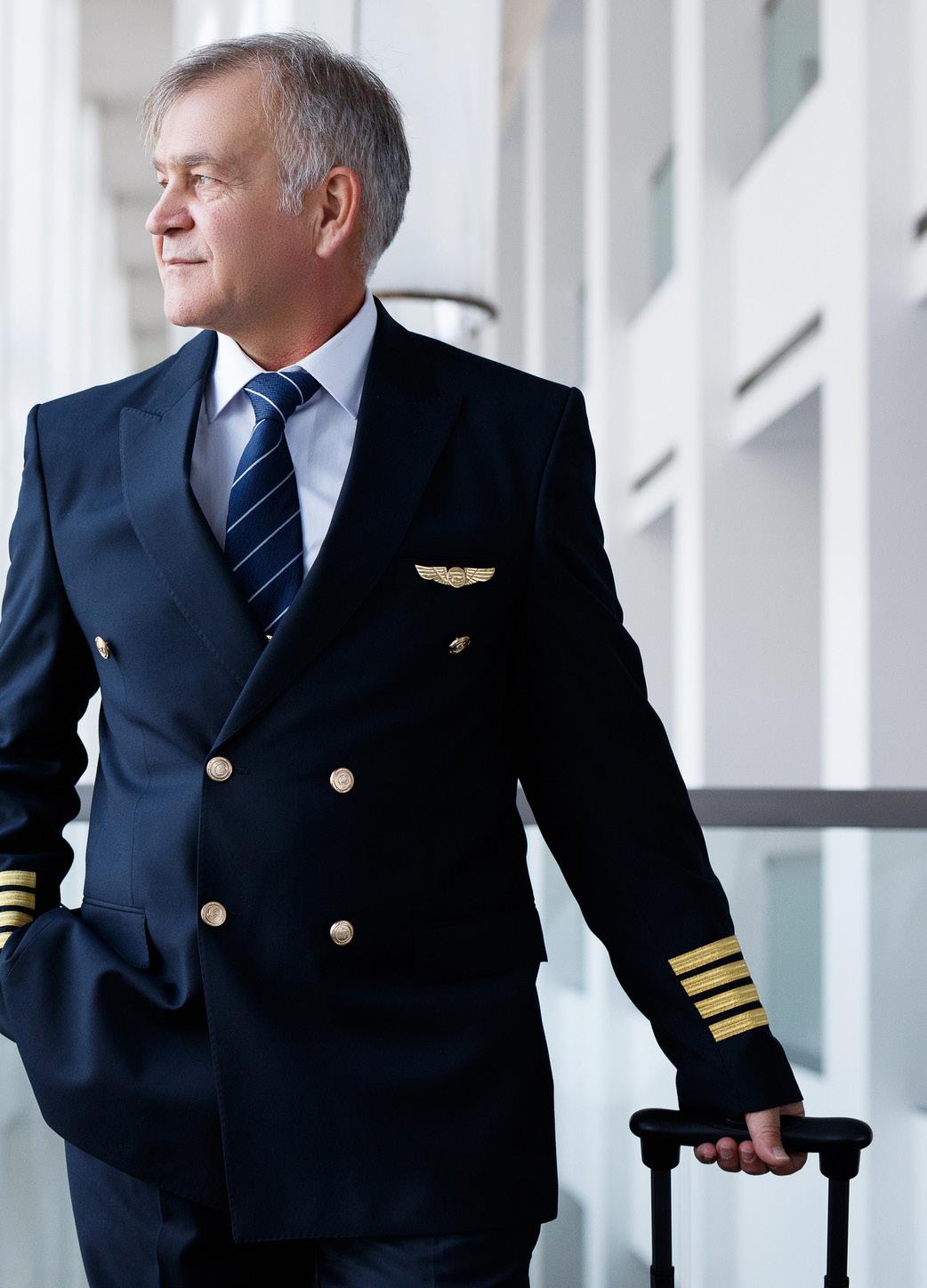
As the world increasingly leverages the power of modern technologies, Ankur Rastogi, Group Head, IT Application Management, Transition and Cloud Migration at Lufthansa Group, explains, the organisation’s aim is to be the most digital and the most innovative aviation group in the world.
“Digital transformation is embedded in our business strategy,” he comments. “And our cloud strategy forms a key pillar in our digital strategy. The philosophy behind our cloud strategy is cloud-first, but not cloud-only.

“Cloud is not just an infrastructure agenda. It is a platform that should be a key pillar in your digital transformation story”
ANKUR RASTOGI GROUP HEAD – IT APPLICATION MANAGEMENT, TRANSITION & CLOUD MIGRATION; SENIOR DIRECTOR, LUFTHANSA GROUP
“In simple terms, it means that any new solution that we buy or build has to be cloud native. We are not going to invest in products that are designed for legacy environments.”
As part of his responsibilities, Rastogi heads Lufthansa’s group-wide central cloud team, which is responsible for creating, maintaining, and updating the organisation’s cloud strategy. Lufthansa Group’s cloud transformation was not just about migrating one application from an on-prem data centre to the cloud, he explains.
TITLE: GROUP HEAD – IT APPLICATION MANAGEMENT, TRANSITION & CLOUD MIGRATION; SENIOR DIRECTOR
COMPANY: LUFTHANSA GROUP

Ankur Rastogi completed his Engineering in electronics and communication and MBA with specialisation in Information Management. He comes with 20+ years of strong international and multi-cultural experience in IT and management consulting across different domains and regions (Europe, India, and Africa). He has handled a variety of leadership roles across different disciplines in global organisations like Lufthansa, Oracle, HP Enterprises, and QS Advisory.
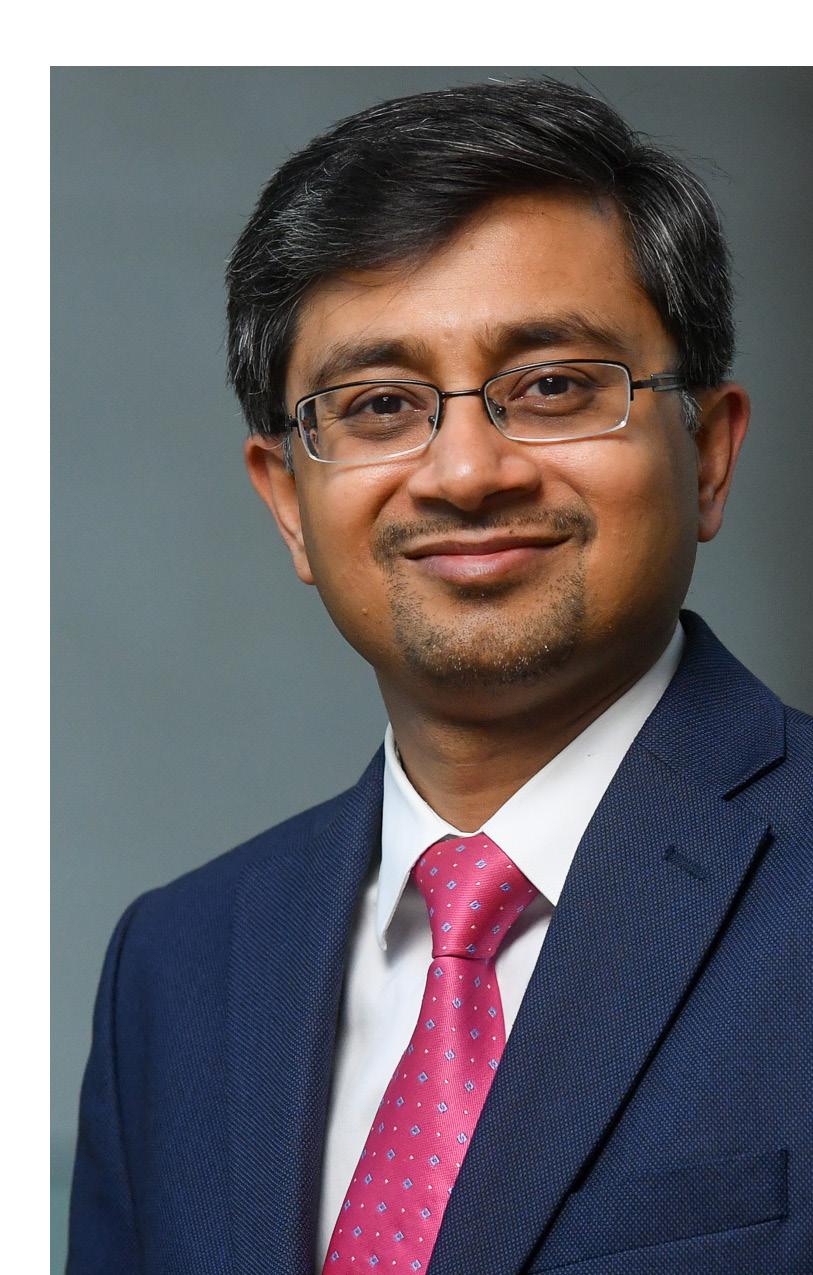
In his current role at Lufthansa Group, he is the Group-wide process owner for IT Transition and Operations responsible for processes, platforms, partners and practices around IT test and quality management, and application management. As part of Lufthansa’s digital transformation initiatives, he is heading the Central Cloud team, which is responsible for cloud adoption and migration of the entire application portfolio to cloud across the Group.
Relentlessly transforming business to move the world forward.

Kyndryl’s Walter Huber is the Vice President & Senior Partner for the Lufthansa account, which means, within Kyndryl, he’s Mr Lufthansa 24/7
Walter Huber is the Vice President and Kyndryl’s Senior Partner for the Lufthansa account, which means he is also known as ‘Mr Lufthansa’ within Kyndryl. Founded in 2021, Kyndryl was once a division of the IBM Corporation, called Global Technology Services.
“We design, build, manage and modernise mission critical infrastructures that keeps the world economy going,” Huber explains.
Kyndryl supports Lufthansa as it shifts to the cloud.
As a trusted partner, Kyndryl manages the foundations of Lufthansa Group cloud system. Having successfully transitioned workloads into the cloud for Lufthansa, Kyndryl is doing more than simply migrating workloads and then running it. “Focusing on the

customer, we can advise which cloud environment is best for which workload – and then accompany the transformation journey.”
The Kyndryl story is about growth and creating value for their customers.
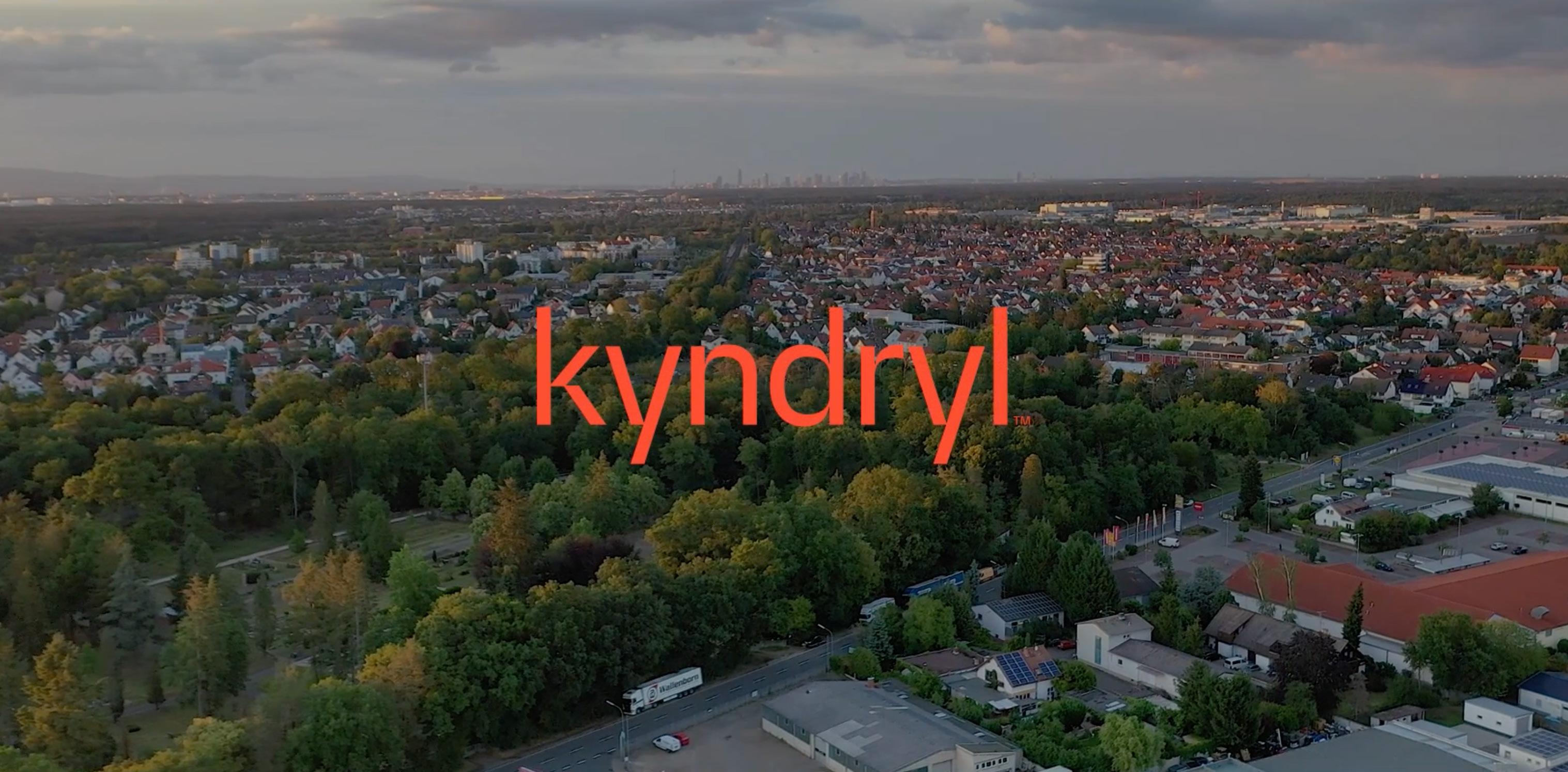
“We are working closely with Lufthansa and its business units to understand what is driving them and understand what they must change going forward to be the most digital and innovative airline group. Putting the customer in the centre of all of that is extremely critical for us, and it’s one of the core values of Kyndryl.”
Another value is to maintain customer focus. Kyndryl does this by aligning itself to the way
the customer is organised and how that customer makes its business decisions.
After an almost 10-year partnership with Lufthansa, Kyndryl sees an ongoing evolution for their continued work together.
“We will continue to drive that relationship with our customer,” he says. “We will continue to work with Lufthansa to take advantage of the capabilities we can offer, using the Kyndryl Vital approach that allows us to find new solutions and the Kyndryl Bridge that allows us to plug in new technologies and new systems into a network managed by us.”
 ANKUR RASTOGI GROUP HEAD – IT APPLICATION MANAGEMENT, TRANSITION & CLOUD MIGRATION; SENIOR DIRECTOR, LUFTHANSA GROUP
ANKUR RASTOGI GROUP HEAD – IT APPLICATION MANAGEMENT, TRANSITION & CLOUD MIGRATION; SENIOR DIRECTOR, LUFTHANSA GROUP
“Our cloud strategy is based on the philosophy of cloud-first, but not cloud-only”
“We are migrating thousands of applications residing in multiple data centres,” Rastogi adds. “In a cloud transformation journey, there are multiple stakeholders: application manager, infrastructure team, enterprise architecture team, security team, operations team, licence management and the procurement team.”
“Our central cloud team is bringing all of these stakeholders together towards a common goal, ensuring that they are all working towards the same target objectives and that they're following the same guidelines.”
For managing cloud adoption and transformation at Lufthansa, the central cloud team had to establish a number of guiding principles across aspects related to technical, time and financial considerations.

“The first factor we considered was how we wanted to use the cloud,” Rastogi says. “We would like to use the cloud the way it's designed. It should be possible to use the cloud on a self-service, on-demand and payper-use, or metered, basis.”
“We also want to use the cloud as natively as possible, meaning our implementation preference is Software-as-a-Service, followed by Platform-as-a-Service, and only in the last case, Infrastructureas-a-Service, or lift and shift migration approach. The business continuity and security requirements are directly considered in the design phase.”
As Rastogi explains, there are also guidelines related to time, to fit in with application life cycles and contractual timelines, as well as financial guidelines. “You could spend a lot of effort redesigning or modernising your complete application,” he says, “but at the same time, there has to be a business case behind it. So time versus cost is always a risk-reward that you have to keep in mind.”
There are many aspects that organisations should keep in mind that could make or break a cloud journey; the first of which is having the right strategy. “There are modern data centres that can meet many of your requirements, but there has to be a good reason why you're migrating to the cloud. Cloud can be a key pillar behind your digital transformation story,” comments Rastogi.
109.5K+
The Lufthansa Group has approximately 109,509 employees (31st Dec 2022)
“The second aspect is setting up the right structure in place,” he adds. “For instance, if there is a need for a central cloud team, generally referred to in the industry as the cloud centre of excellence. Similarly, one needs to decide if the journey is performed on a centralised basis or on a decentralised basis.”
“Third is the governance part, which includes technical, security, and process

LTIMindtree is a new kind of technology consulting firm. We help businesses transform – from core to experience – to thrive in the marketplace of the future. With a unique blend of the engineering DNA with the experience DNA, LTIMindtree helps businesses get to the future, faster.
www.ltimindtree.com




Since beginning its journey with Lufthansa Group in 2017, technology consulting firm LTIMindtree has positioned itself as one of the group’s key partners
A new kind of technology consulting firm, LTIMindtree helps businesses transform – from core to experience – to thrive in the marketplace of the future.
Headquartered in Mumbai, India, LTIMindtree has nearly 90,000 IT professionals and works for about 700 clients worldwide.

Today, LTIMindtree is working with all subsidiaries of the Lufthansa Group. But, as Klaus Seifert, Regional Vice President and Head of Germany, explains, the journey started in 2017 with a highly successful data and analytics project.
“The project was about developing a predictive analytics system to properly forecast the demand and optimise the seat pricing for the airline,” Seifert comments.
From there the relationship between Lufthansa Group and LTIMindtree has evolved, with the consulting firm helping Lufthansa Cargo on its cloud journey and later on taking over cloud operations for the AirPlus and Sky Chefs part of the group.


As with countless businesses affected by the COVID-19 pandemic, LTIMindtree was also able to help Lufthansa Group come up with new solutions to scale the business.

“One part of Lufthansa was running extremely well, the cargo side,” Seifert explains. “But the travel side went down. We helped Lufthansa to downscale on one side and become more agile on the other side, where new solutions were needed to cope with demand. That really brought us together in a partnership.”
“At LTIMindtree, we have a long history in travel, transportation and hospitality,” concludes Seifert. “At the same time, our focus on the client experience, customer experience, data analytics, and the cloud journeys are positioning us well as a future strategic partner to advise Lufthansa for their strategies in the cloud, and also for their development of migration strategies.”
€32.77mn
Lufthansa Group generated revenue of EUR 32.770m in the financial year 2022
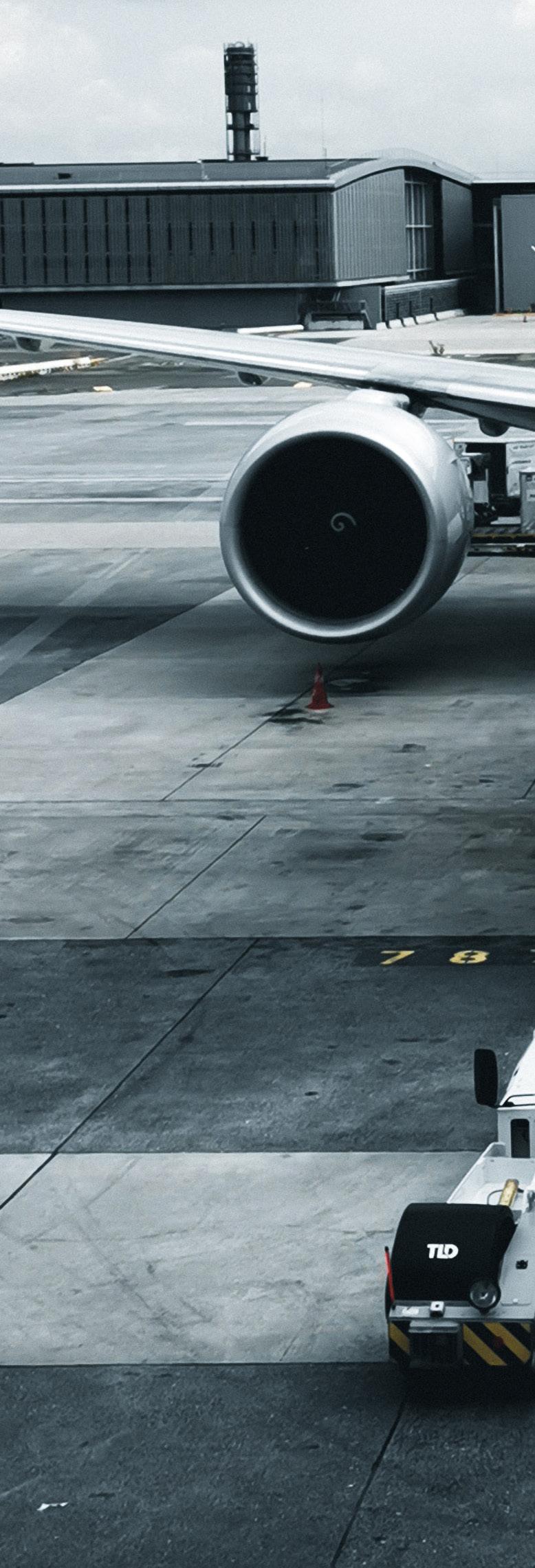
guidelines, as well as a lot of things related to the set up and running of a cloud community within the organisation.”
However, most importantly, Rastogi says, is the concept of change management in the organisation’s journey to the cloud.
“Many people treat cloud as purely a data centre replacement, and hence they try to incorporate the same processes and controls from the data centre world into the cloud,” he says. “But cloud adoption is a paradigm shift. It's not just the replacement of an infrastructure platform.”
As Rastogi explains, business-oriented solutions can be directly built in the cloud. “The cloud can be used as a self-service platform, meaning people can directly go into the cloud

Lufthansa’s cloud journey is helping group soar to its goals
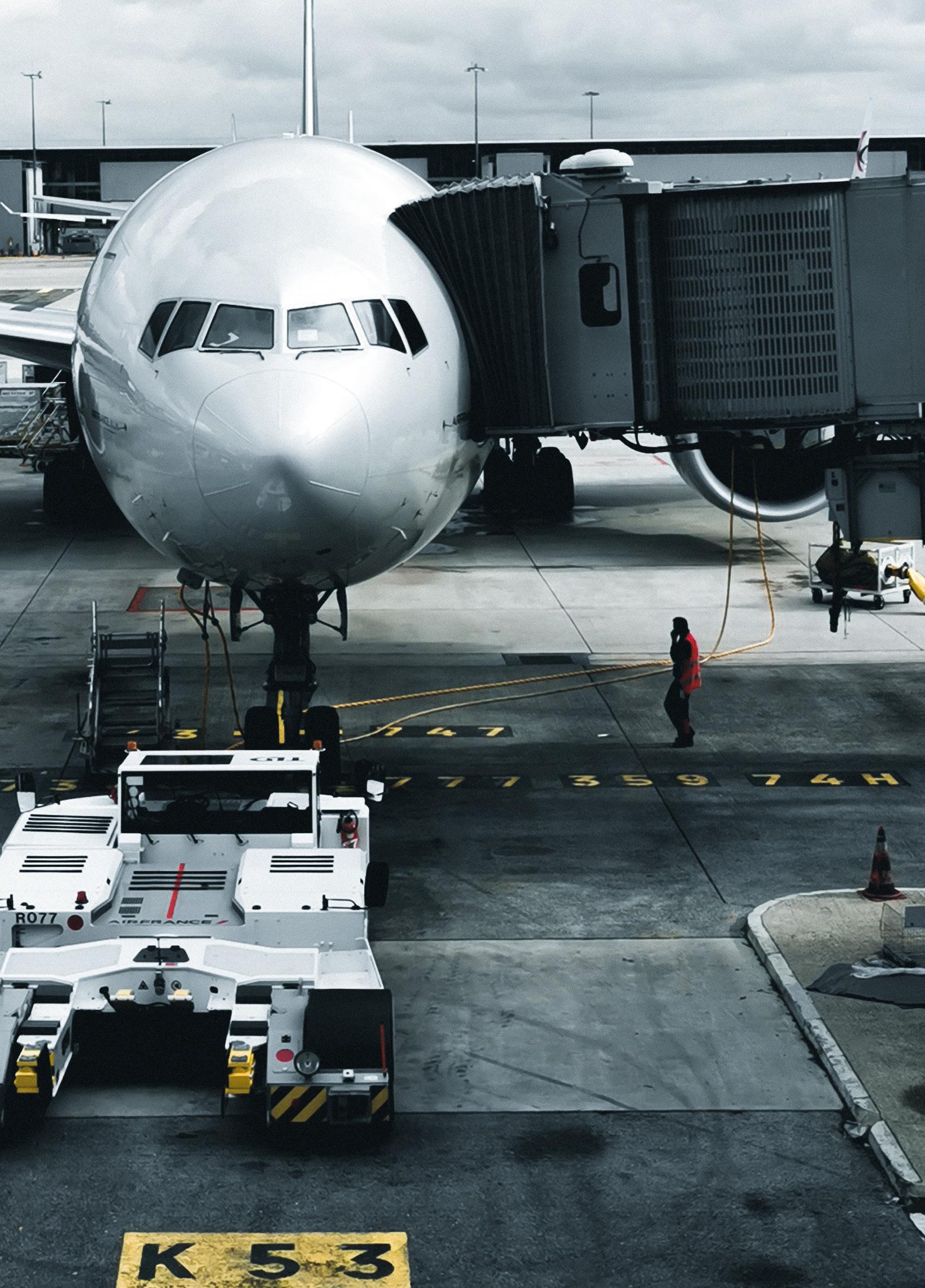

Microsoft supports this transformational journey providing leading Cloud platforms and solutions to Lufthansa empowering their employees and business units to achieve more like the One Data Platform project that enables Lufthansa to assist passengers with personalized services before, during, and after their flight.

portal and provision not just an infrastructure environment but their complete end-to-end solution,” he says. “So many processes that were set, many controls that were in place can get obsolete or need some sort of adaptation. And this is what I call change management. It requires a mindset change.”
As Rastogi lays out, Lufthansa's core mission is to connect people, cultures, and economies in a sustainable way. The organisation has made substantial investments in digital transformation projects, with the end goal to offer the most seamless and the bestconnected travel experiences for customers.
“We start by offering an enhanced user experience, which is personalised,” he comments. “It also means that we can offer a homogeneous experience to passengers, no matter which of our airlines they fly or which of our touchpoints they use to interact with us.”
“We have introduced digital self-service solutions for bookings, rebooking refunds and claim management, handling irregular situations and so on,” he adds. “In the long run, we are trying to create an overall marketplace where personalised solutions can be offered to customers based on their individual needs.”
 ANKUR RASTOGI GROUP HEAD – IT APPLICATION MANAGEMENT, TRANSITION & CLOUD MIGRATION; SENIOR DIRECTOR, LUFTHANSA GROUP
ANKUR RASTOGI GROUP HEAD – IT APPLICATION MANAGEMENT, TRANSITION & CLOUD MIGRATION; SENIOR DIRECTOR, LUFTHANSA GROUP
“The cloud allows us to use resources more efficiently and in a more optimised manner”
Lufthansa Group’s digital journey is also having a significant contribution to meeting the organisation’s sustainability goals. The group is one of the leading players and is setting the agenda when it comes to sustainability, with the target to be net carbon neutral by 2050.

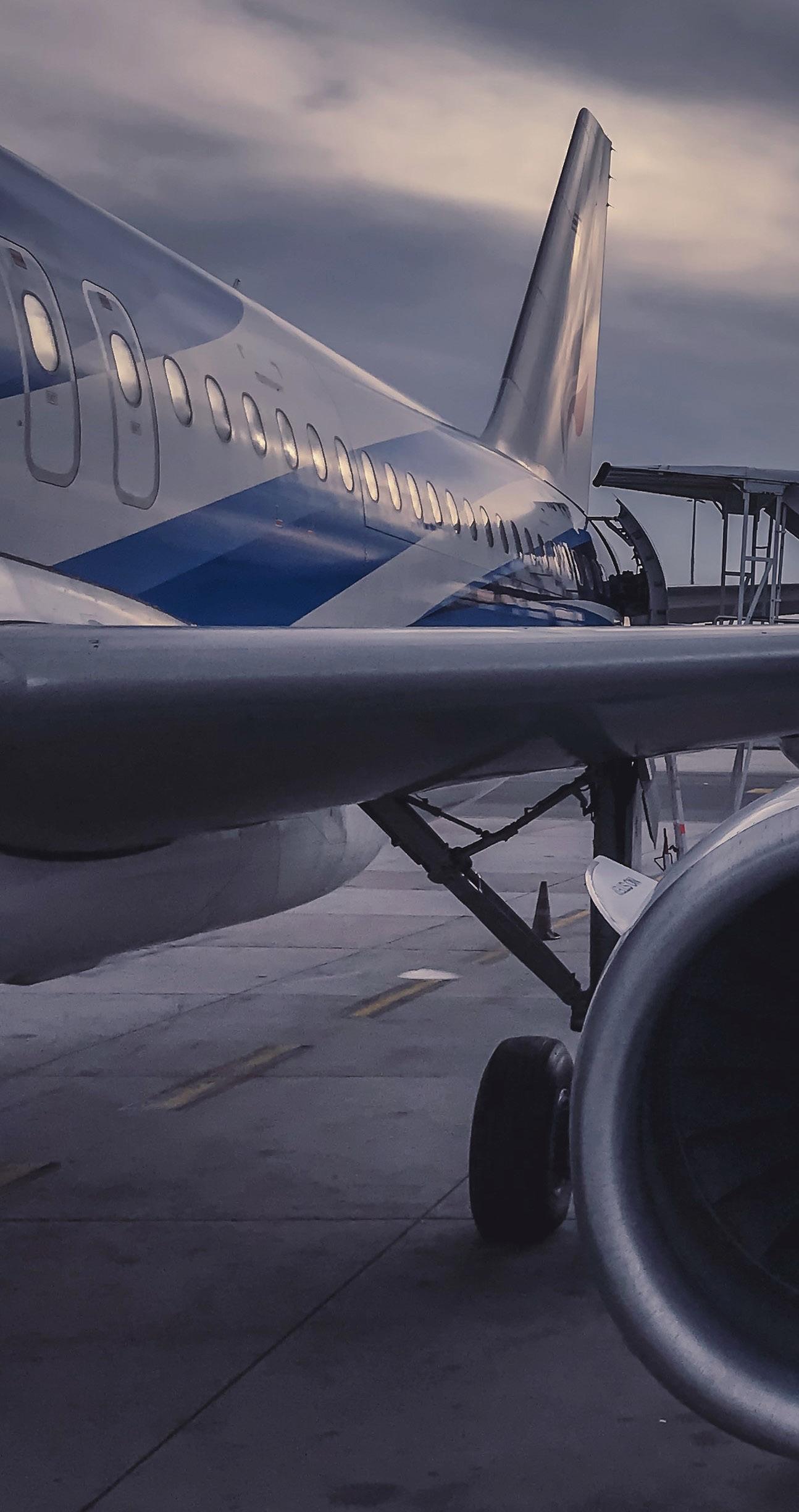
“We are constantly renewing our fleet with more modern, efficient aircraft, which are also more fuel efficient, and more energy efficient,” Rastogi comments. “We are continuously investing in research and implementation of sustainable aviation fuels. We have established the Cleantech Hub, a platform that is driving more than 80 projects in this space. And to our own customers, we are continuously offering more and more sustainable products on our digital platforms.”
“Digital initiatives contribute a lot to sustainability. If I take the cloud as an example, the cloud allows us to use resources more efficiently and in a more optimised manner.”
As Rastogi explains, Lufthansa Group works hand-in-hand with cloud providers who also have very ambitious goals in regard to sustainability, with more fuel-efficient and more energy-efficient data centres.
“The best part I like about cloud is it offers a lot of transparency in various sustainability dimensions, especially in terms of what kind of services you consume and how it directly translates into carbon footprints,” he comments. “So that generates a lot of interesting and useful information.”

“Don’t adopt cloud just because everyone is doing so. Like for any transformation programme, there should be a reason and it is important to answer the question ‘why’ seriously”


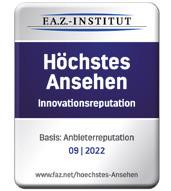
 ANKUR RASTOGI GROUP HEAD – IT APPLICATION MANAGEMENT, TRANSITION & CLOUD MIGRATION; SENIOR DIRECTOR, LUFTHANSA GROUP
ANKUR RASTOGI GROUP HEAD – IT APPLICATION MANAGEMENT, TRANSITION & CLOUD MIGRATION; SENIOR DIRECTOR, LUFTHANSA GROUP
This information can further be used to build decision-making algorithms helping Lufthansa Group optimise various parameters within the business domains, from aircraft turnaround time, network scheduling and planning to passenger management. “In my opinion,” Rastogi adds, “every time you make an improvement in efficiency, you're indirectly contributing to sustainability goals.”
Taking
Partners are critical for successful outcomes, as Rastogi explains. For every task, a thorough analysis is undertaken to decide if it should be done in-house or should be outsourced. A strategic decision was to employ a multivendor approach.
“In each partner category whether it is cloud, managed service, migration or operations partners — we did a proper due diligence and followed a thorough selection process,” Rastogi says.
For Lufthansa Group, a decision was made to go with a multi-cloud and a hybrid cloud approach. “In our cloud ecosystem, we work quite closely with Microsoft, which is one of our primary landing zones,” Rastogi comments. “Many applications are already in or are in the process of being migrated to Azure. When it comes to managed services, we work with CGI and Kyndryl who are managing the foundations of our cloud ecosystem,” Rastogi adds. “For cloud migration and application operations and management, we work very closely with CGI and Mindtree.”

“Cloud adoption is a paradigm shift. Business-oriented solutions can be directly built in the cloud”
Talk of risk management or security or compliance might initially seem daunting in the cloud, but as Rastogi explains, many aspects that might apply to any IT project also apply to the cloud.

“Cloud providers themselves spend a lot in avoidance of any vulnerabilities,” he comments. “However the overall end-to-end
risk management is a shared responsibility. We need to set up our own organisations and controls over and above the measures provided by the cloud providers.”
As Rastogi explains, measures that would be implemented on a typical IT lifecycle apply to the cloud as well, for instance generating awareness, building the right checks and balances, introducing policies
“Structure the journey to cloud and the organisational setup properly. Hire the right skills and choose the right partners”
ANKUR RASTOGI GROUP HEAD – IT APPLICATION MANAGEMENT, TRANSITION & CLOUD MIGRATION; SENIOR DIRECTOR, LUFTHANSA GROUP
like multifactor authentication, password and encryption policies, configuring and securing infrastructure and networks by implementing the right kind of architecture, firewalls, network security groups and load balancers.
“Another interesting aspect with cloud is the evergreen approach,” he comments. “Cloud does not support legacy technologies or older versions of
operating systems and databases. So the cloud is forcing us to continuously upgrade our applications to the latest versions and constantly patch them.”
As Rastogi describes, the future at Lufthansa Group will see continued heavy investment into digital transformation projects, balancing the objectives of innovation transformation and operational stability.
“Through digital transformation projects, we are trying to improve our customer satisfaction, and make their overall travel experience simpler and as individualistic as possible. We are trying to offer a seamless and connected experience.”

“We are building up a marketplace environment with different ancillaries and different products, which are personalised,” Rastogi adds. “These will leverage the data and insights that we capture and offer solutions to our customers that fulfil their needs.”
At the same time, along with customerfacing projects, the group is also investing in a number of projects internally, such as solutions to improve employee collaboration and employee experiences.
“We are constantly modernising our application portfolio and our infrastructure portfolio,” Rastogi concludes. “We have projects that are focused on improving our cyber-defence capabilities. In all of these projects, whether in the digital area, innovation area, or modernisation of our application stack, the cloud continues to be a key pillar.”
POWERED BY: